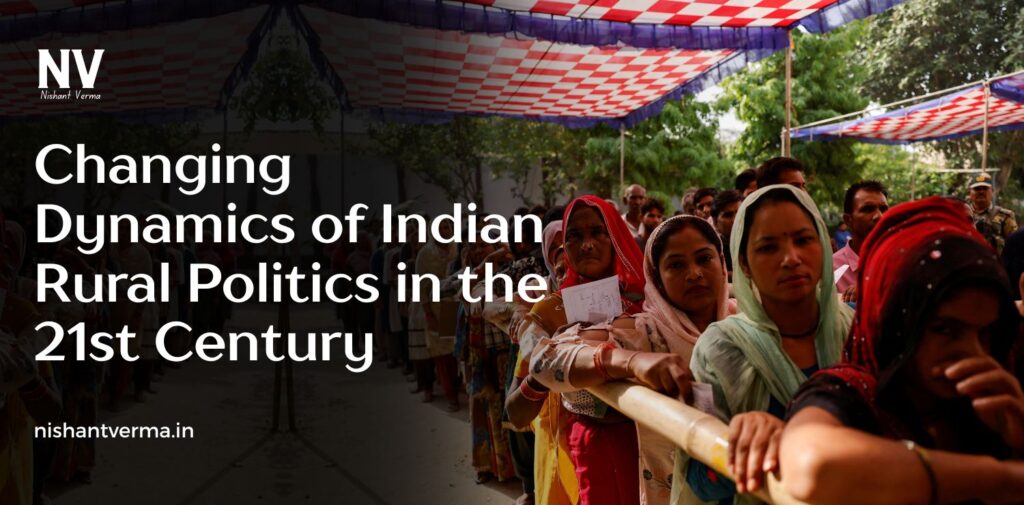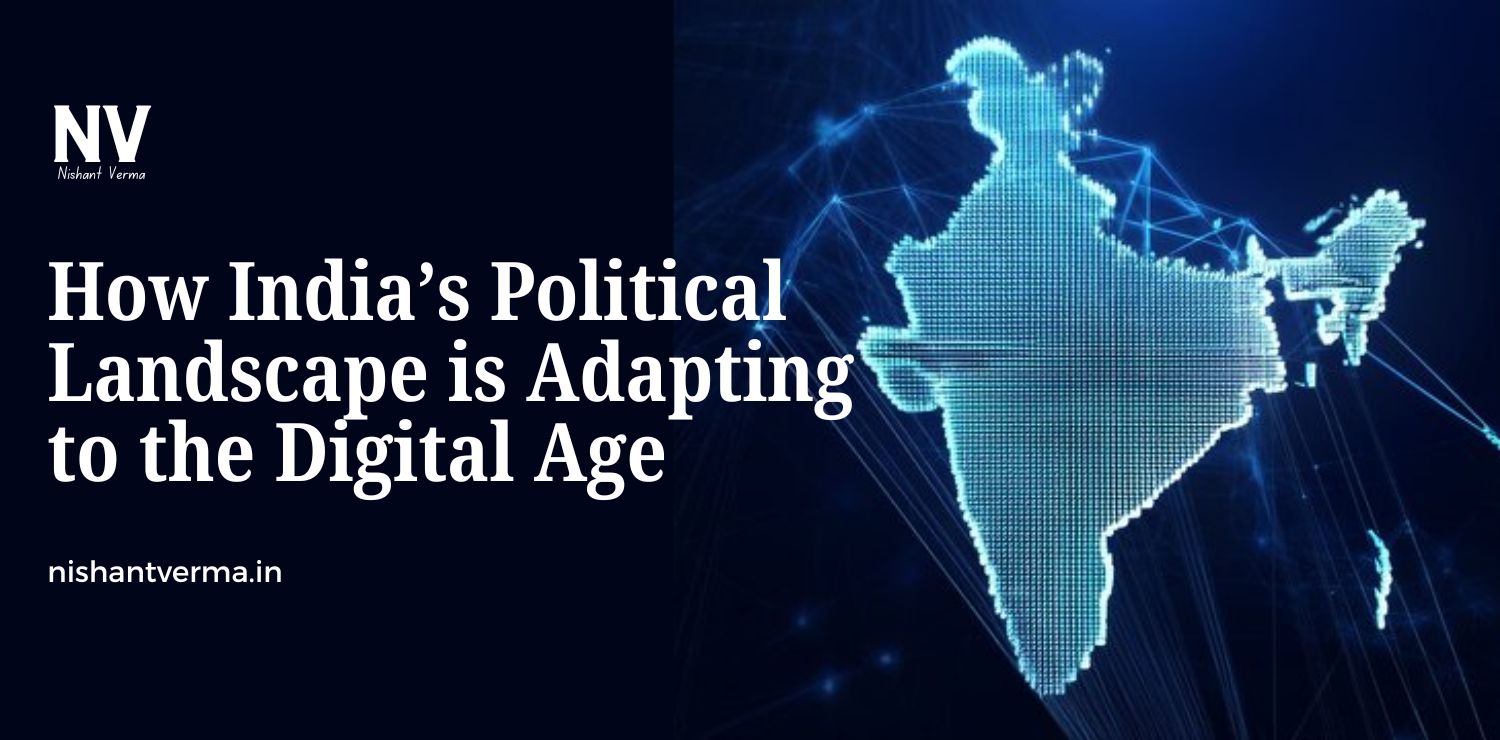India, with its vast and diverse rural population, has always been at the heart of its political landscape. For decades, rural politics played a central role in shaping the country’s development and governance. However, as we enter the 21st century, the dynamics of rural politics in India are undergoing significant changes. With evolving economic, social, and technological factors, rural areas are no longer isolated from the broader political trends. This shift has led to new challenges and opportunities for political parties, policymakers, and the rural population itself. The changing dynamics of Indian rural politics reflect the country’s growth, transformation, and the way rural India is influencing national governance.
The Growing Importance of Rural Voters
In India, rural areas still account for about 65% of the population, making rural voters an essential part of the electoral process. Historically, rural politics in India was largely shaped by agricultural concerns, land reforms, caste-based politics, and local issues. While these factors remain relevant, the influence of rural voters has evolved significantly in recent years. With the increasing importance of issues like rural employment, healthcare, education, infrastructure, and social welfare schemes, rural voters are more politically engaged than ever before.
The shift in rural voter behavior is noticeable in the rising trend of political participation. Rural India is no longer just a passive recipient of policies but a key player in deciding the direction of national and state-level elections. As political parties recognize this growing influence, they have started to address rural issues more strategically. Issues such as the availability of electricity, water supply, rural employment schemes like MGNREGA, and the improvement of healthcare and education in rural areas have taken center stage in political campaigns.
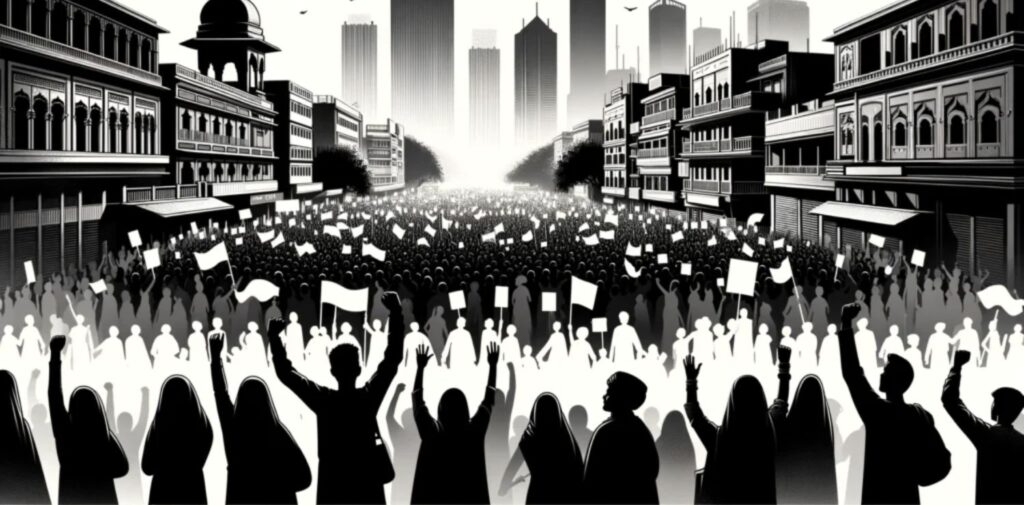
Caste Dynamics and New Alliances
Caste remains a significant factor in Indian politics, especially in rural areas, where caste-based identities have traditionally played a dominant role in politics. However, in the 21st century, there is a noticeable shift in how caste dynamics influence rural politics. In recent years, caste-based voting blocs have become more fluid, and new political alliances are emerging that are less rigid and more outcome-oriented.
Rural areas, particularly in states like Uttar Pradesh, Bihar, and Tamil Nadu, have seen caste-based parties rise to prominence. However, over time, these parties have started to form coalitions that transcend traditional caste boundaries. This reflects a more pragmatic approach to politics, where issues like economic development, employment, and social welfare take precedence over rigid caste-based loyalty. For instance, in states like Bihar and Uttar Pradesh, political parties have started to forge alliances based on social justice and regional development, with a growing emphasis on bringing together voters from multiple caste groups to build a broad-based support structure.
In rural areas, caste-based politics is increasingly being shaped by economic interests, with political parties using a more inclusive rhetoric to appeal to a larger demographic. The focus is gradually shifting from social divisions to addressing issues of poverty, unemployment, and access to basic services like healthcare and education.
The Role of Technology and Social Media
One of the most profound changes in Indian rural politics in the 21st century has been the rise of technology and social media. With the rapid growth of mobile phone and internet penetration, even remote rural areas are becoming increasingly connected to the digital world. The younger generation in rural India, especially, is becoming more politically aware through social media platforms like Facebook, Twitter, and WhatsApp.
Social media has given rural voters a platform to voice their concerns, demand accountability, and engage in political discussions. Political parties and leaders now recognize the power of social media in rural areas and are tailoring their campaigns to engage with rural voters through these digital platforms. In addition to traditional methods of campaigning, such as rallies and door-to-door visits, parties now use social media to reach voters with targeted messages and real-time updates. This digital shift is transforming how political campaigns are run and is making rural politics more interactive and responsive.
The rise of technology has also increased transparency in rural governance. Rural citizens can now access government services online, track the status of welfare schemes, and report issues like corruption or inefficiency. As a result, rural politics is becoming more informed and accountable, creating a more dynamic political environment.
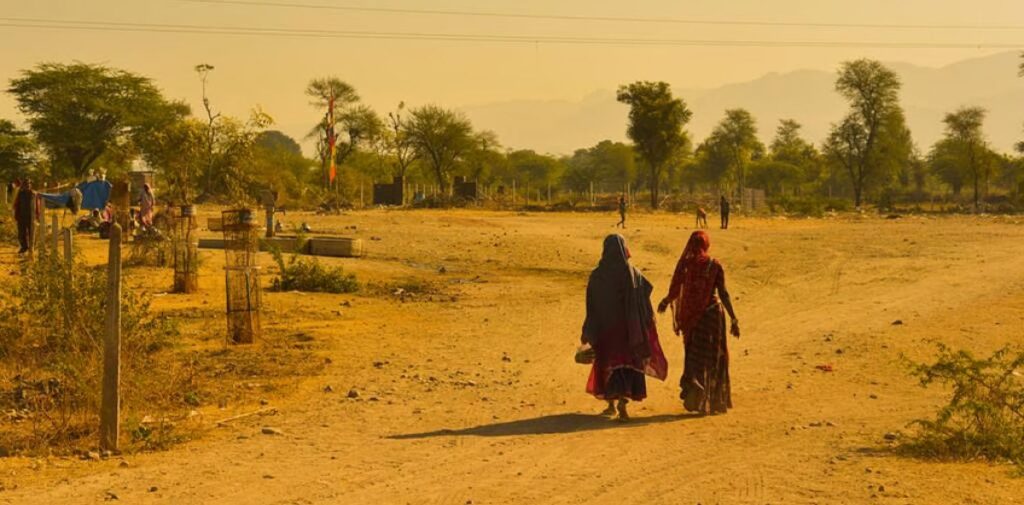
Economic Transformation and Rural Development
The economic transformation of rural India is another crucial factor that is reshaping the dynamics of rural politics. While agriculture continues to be the primary livelihood for a significant portion of the rural population, non-farm sectors like small-scale industries, retail trade, and services are increasingly playing a role in rural economies. This diversification of the rural economy has led to changing priorities in rural politics.
In recent years, rural India has experienced rapid growth in infrastructure development, including better roads, electrification, and connectivity. Schemes like the Pradhan Mantri Gram Sadak Yojana (PMGSY) and the electrification of villages have had a transformative impact on rural areas, enabling better access to markets, education, and healthcare. As rural areas become more integrated with urban economies, the expectations of rural voters are shifting. They now demand more than just basic amenities; they seek better employment opportunities, higher wages, and better access to quality education and healthcare.
In response, political parties are increasingly focusing on rural development in their manifestos and campaigns. Initiatives like the Swachh Bharat Abhiyan, the Digital India campaign, and the Pradhan Mantri Awas Yojana (PMAY) aim to improve living standards in rural areas and provide better opportunities for the rural population. The focus is not just on immediate relief but on long-term sustainable development that empowers rural citizens.
Rural Leadership and Local Politics
Another significant change in rural politics is the rise of local leadership. In the past, rural politics was largely dominated by national parties and their candidates. However, over time, regional parties and local leaders have gained prominence, playing a more significant role in rural governance.
Local leaders often have a better understanding of the specific needs and concerns of their communities, which gives them an advantage in influencing rural politics. These leaders are able to engage with voters on a personal level, addressing issues like water scarcity, irrigation, local roads, and educational facilities. As a result, rural voters are increasingly turning to local leaders who can deliver tangible results in their communities, rather than relying solely on national party candidates.
Additionally, women’s participation in rural politics has been steadily increasing. The Panchayati Raj system, which reserves seats for women in local governance, has provided women with a platform to influence rural politics. Women leaders are becoming more visible in rural areas, and their involvement is leading to greater attention on issues like maternal health, education for girls, and rural sanitation.
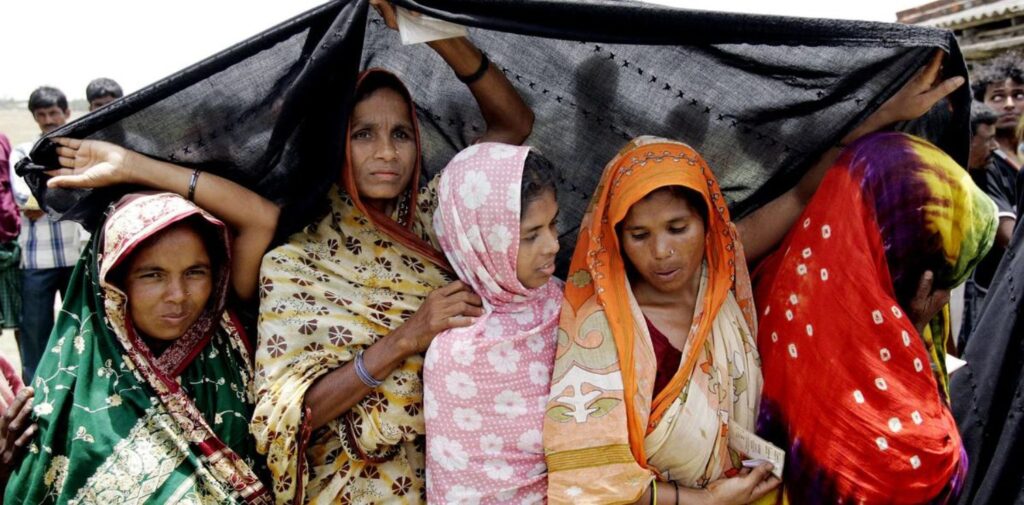
The Future of Rural Politics in India
As India continues to evolve, the future of rural politics will be shaped by a combination of factors, including economic growth, technological advancements, and changing social dynamics. The rural electorate will continue to hold a significant influence over national politics, and political parties will need to adapt to the shifting demands of rural voters.
The ongoing focus on rural development, better governance, and economic opportunities will ensure that rural India remains an essential component of the political discourse. As rural areas become more urbanized, politically active, and digitally connected, their role in shaping the future of Indian democracy will only grow stronger.
Conclusion: Indian Rural Politics
The changing dynamics of rural politics in India are a reflection of the country’s ongoing transformation. With a more engaged and politically aware rural electorate, along with the rise of technology and social media, rural India is becoming an even more powerful force in the political landscape. The growth of rural economies, the diversification of leadership, and a focus on sustainable development are all contributing to a more dynamic and responsive political environment. As India moves further into the 21st century, rural politics will continue to evolve, influencing the future of the nation in ways that are increasingly interconnected with the global economy and digital world.

